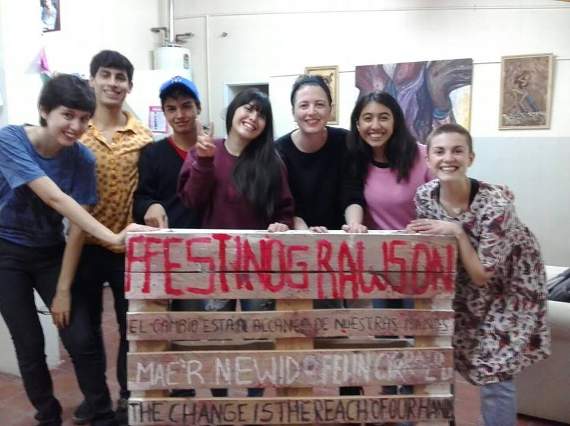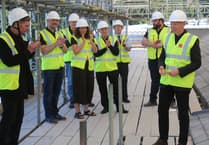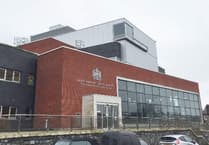FOLLOWING a recent trip to South America to discover the region’s deep-rooted Welsh heritage, scholarship winner and Ffestiniog resident MAIA JONES writes about her Patagonian odyssey exclusively for the Cambrian News.
FOLLOWING the twinning of Blaenau Ffestiniog and Rawson in 2015, I was the first lucky recipient of the first scholarship to visit the Patagonian town.
I was also lucky enough to be joined by my cousin Gwennan Mair, recently appointed director of creative engagement for Theatr Clwyd.
The purpose of our trip was to foster long-term links amongst young people in these twinned towns.
The Welsh first arrived in Patagonia in 1865 and Rawson was their first settlement.
At the time no more than a small fortress, it later became the town of Rawson, now the capital of the Chubut province in southern Argentina.
Owing to its history, it is often referred to as Yr Hen Amddiffynfa (The Old Fortress).
Gwennan and I hosted a series of drama workshops in Rawson.
These were held by the sea at a library in Playa Unión with young people between 15 and 18 attending from different parts of the city.
Our first meeting at the library with the community included a presentation by a local teacher to mark Argentina’s Truth and Justice Day.
The ceremonial day remembers the up to 30,000 people killed and forcefully disappeared during the right-wing military dictatorship that ruled the country from 1976 to 1983.
Unlike some other countries, Argentina today places great emphasis on remembering its victims. Evidence of this could be seen at every school we visited, which were replete with presentations and pictures of the victims, stark reminders of this harrowing chapter of Argentinian history.
Rawson and the neighbouring towns of Gaiman and Trelew have noticeable signs of Welsh heritage, from place names to Welsh tea shops.
The Welsh teas seemed to be an important tradition, with an array of cakes and scones and of course bara brith and Welsh cakes. All in all, not too dissimilar to the fare often found over here.
Other traditions appear to have survived too. We were invited to take part in some dawnsio gwerin (Welsh folk dancing) - an activity I haven’t participated in since I was eight-years-old!
Read the full article in this week’s north editions of the Cambrian News





Comments
This article has no comments yet. Be the first to leave a comment.